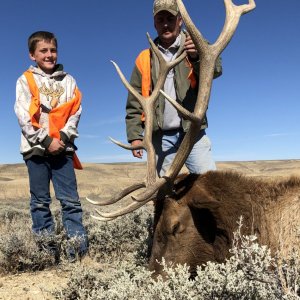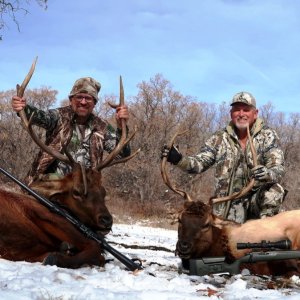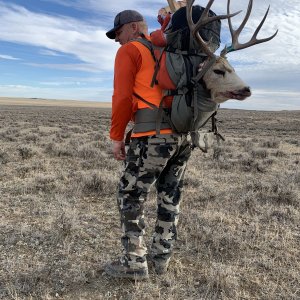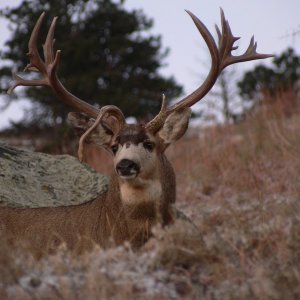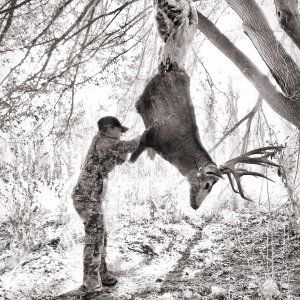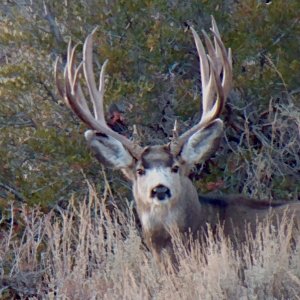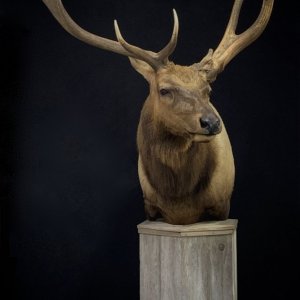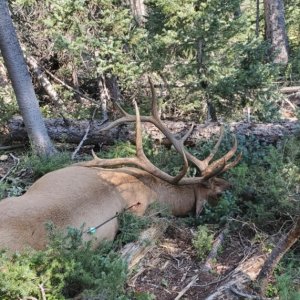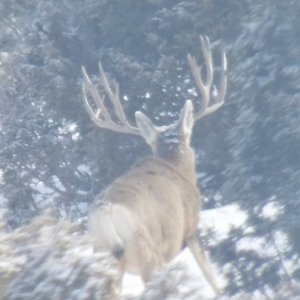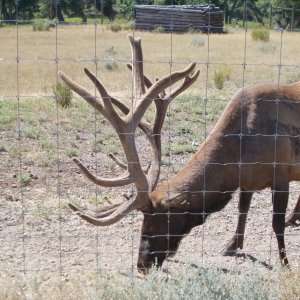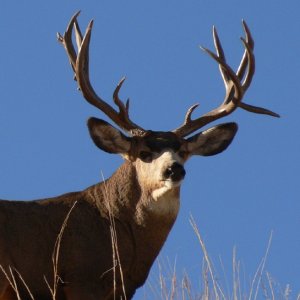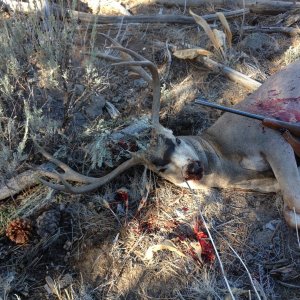There are many biologists that frequent these forums, and about a gillion self-proclaimed "Pros" You're likely to get a thousand different opinions, so I guess I'll be the first.
For one, don't be tempted to apply buck:doe ratios from your own observations from one weekend in October to the unit or the state, for the reasons you already describe.
Buck doe ratios are important, but the idea of killing does to improve the ratio of bucks doesn't really track. Fewer does just means fewer deer- it really is that simple. NM allows ES archery hunts for elk (in addition to many many cow tags), because elk herds in NM are almost universally at or above desired levels. These have been pretty well studied and are based on elk biology, social factors (depredation), hunter oportunity, etc. Even so, you'd find hundreds of folks who would argue they kill too many or not enough in this area or that, often plenty of folks who would argue both points for the same area.
We do hunt a few does in areas where we have a lot of depredation issues (crop damage), but few would argue that NM (or the west) has too many mule deer anywhere.
Managing bucks and bulls is really kind of a seperate deal. In general the higher the buck ratio the better- for a lot of reasons. Most reasearch says 12(bucks):100(does) is about the threshhold where you start having issues with does not being bred or being bread by yearlings, or too many does being bred in the second estrus which causes other problems. Others might tell you my numbers are off a few points here (and I wouldn't argue with them too loudly). At these levels, hunters will notice that the vast majority of deer harvested are forkeys. Some areas in NM are managed for a much higher ratio fron 22:100 to 30:100 and it basically requires far fewer buck tags being issued to do it. It will improve the distribution of bucks throughout age class. Fewer hunters = more big bucks.
Along this line, one would think an unhunted population of deer would ultimately have buck to doe ratios approaching 100:100. Not the case. For one, bucks start tearing each other up pretty bad during the rut. The rut makes for a hard winter for a buck anyway. Bucks (especially big bucks) are more susceptible to lion predation because of their solitary nature.
I've posted what I thought was a pretty good condensation of several studies done on point restrictions (and why they don't work) on this site, but it generated little interest. Many have the intuition that a 3-point restriction would improve the number of mature bucks out there, but the sad truth is it has the oposite effect. We've tried it here in NM recently, and I'm glad they gave it up. Forcing all 50K deer hunters to take mature bucks is not the way to go, and forkeys are not mature deer. The sad truth of nature is that only a small percentage of wild animals make it to adulthood, whether we decide to shoot them or not.
Beware the new pill that allows you to loose weight without watching your diet and excercising. Managing mule deer is basically the same. Land development, Habitat, drought, suppressed fire, historic cattle grazing practices (not to poke at current cattlemen), and yes, predator control are what effect mule deer populations the most. NM tries to maintain some areas for a more quality hunt, other areas for more oportunity to go hunting, they try to mix in ways to keep youth in the hunting game and they try to affect positive changes to the habitat, but you'd be hard pressed to find any single person who thinks they do a good job of doing all of it in all places.
That's my opinion, I've been at this enough to know there will be other posts to follow who'll tell you I'm full of crap.



